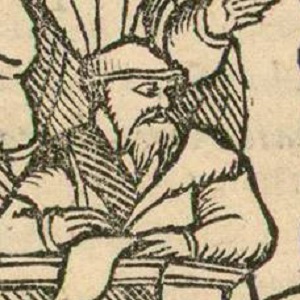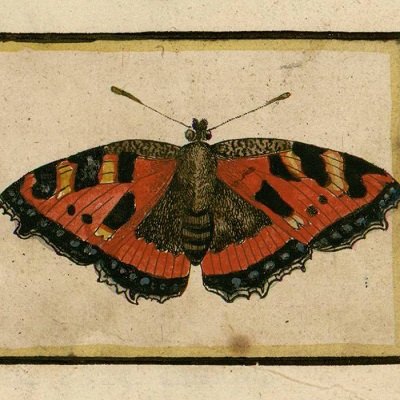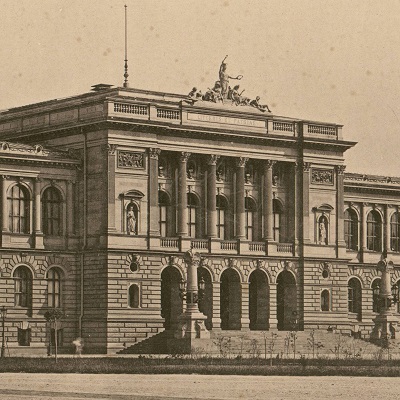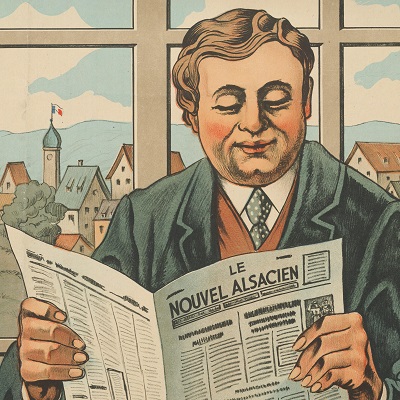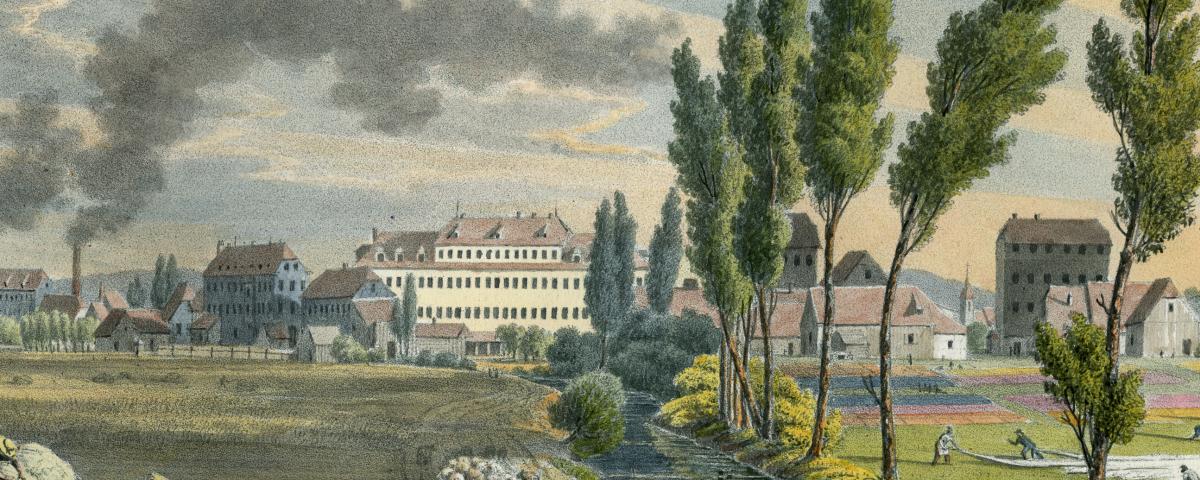

Industrial heritage
The industrial past of Alsace is present in the heritage collections of the region's university libraries. Thus, work and its risks are questioned by reports on child labour and by notes on workers' housing. Similarly, the many portraits of manufacturers behind emblematic Alsatian companies allow us to trace their achievements.
The regional landscape is full of treasures, whether it be factories that are still active, monumental relics such as factory chimneys or gigantic mechanisms like the giant water wheel of the Wesserling spinning mill, workers' housing estates or mansions, remains of machines or even entire towns, such as Bischwiller. Nor should we forget the railway, a determining factor in the industrial dynamism of the region.
These collections are a true reminder of the industrial adventure which started in the 18th century and bear witness to the dynamism of the region. Social and technical advances and know-how are observed and sometimes exported far beyond the borders. The diversity of the resources highlights the issues of the time. These varied and complementary images of industry are crucial to understanding the socio-economic realities.
the collections
-
Image
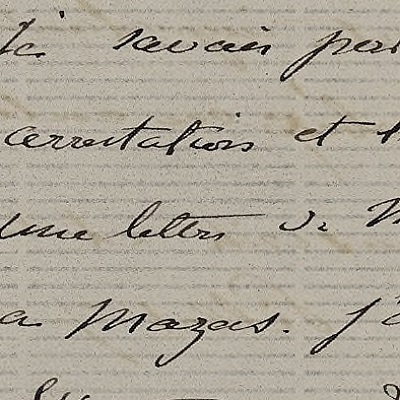
Fonds Scheurer-Kestner
-
Image
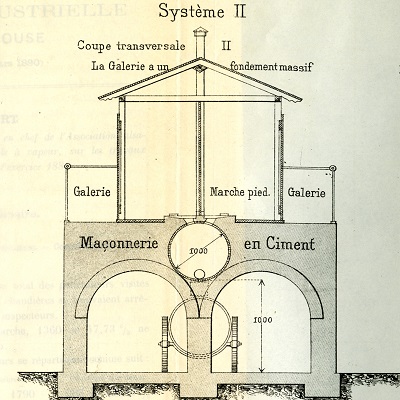
Labour & hazards
-
Image
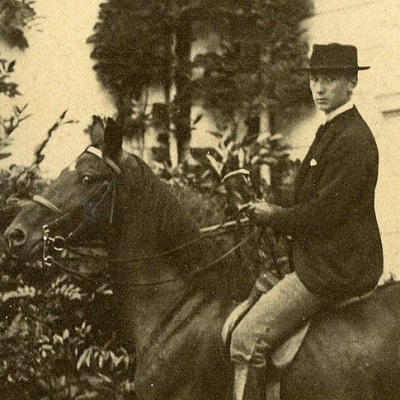
Portraits
-
Image
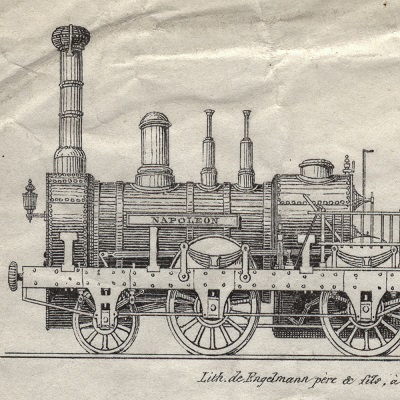
Railway pictures
-
Image
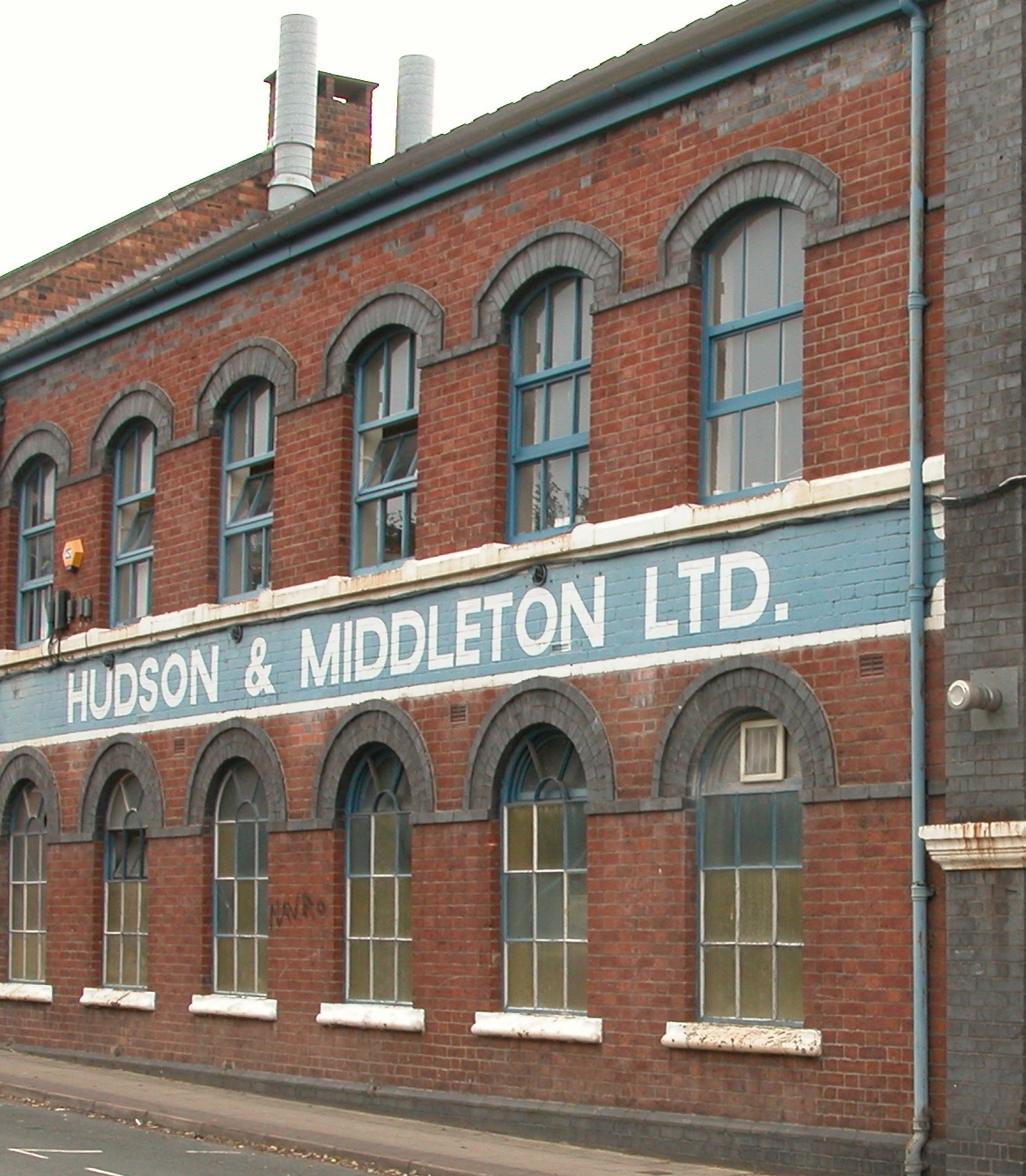
Industrial photography
